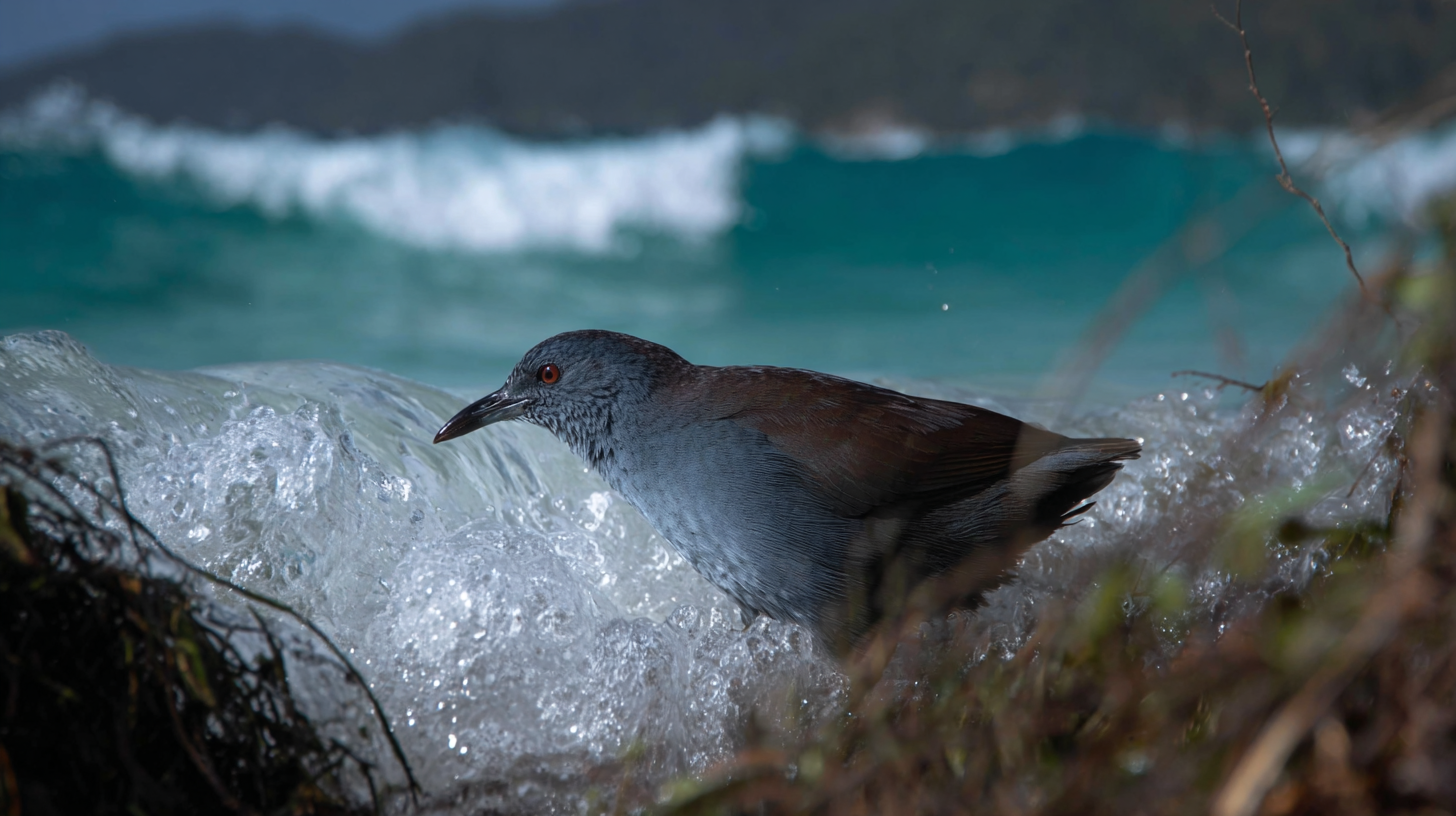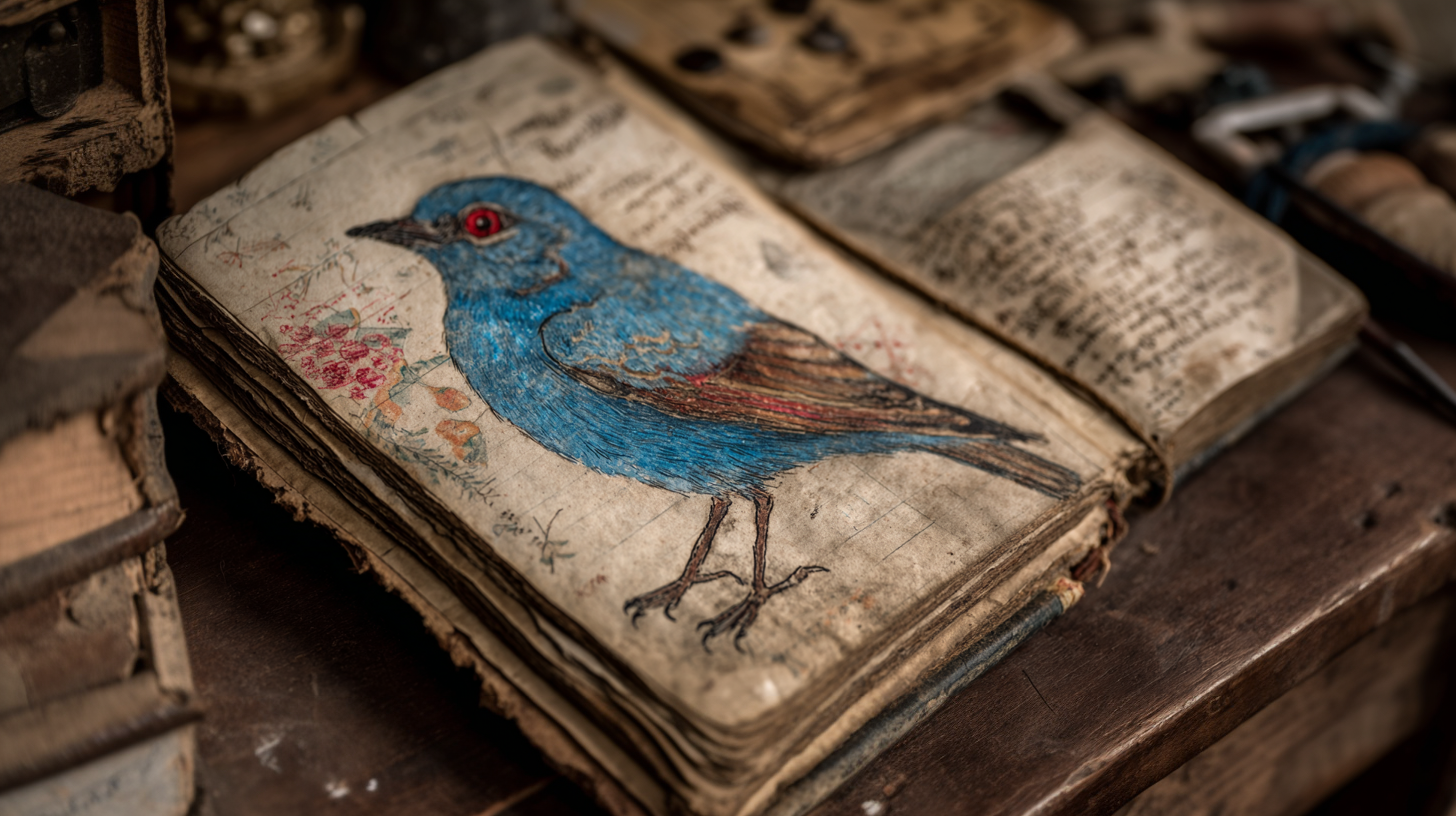Charles Darwin Galapagos Observations Come Full Circle
When a young Charles Darwin visited the Galapagos Islands in 1835, he made many significant observations. Among them, there was a sighting on a small, elusive bird on Floreana Island. That bird, now known as the Galapagos Rail (Laterallus spilonota), had remained out of sight since then, however recent news reignited excitement in the scientific community.

Galapagos Evolution in Action: The Rediscovery of the Galapagos Rail
In February of 2025, conservationists confirmed sightings of the Galápagos Rail on Floreana, marking the first recorded observation of the species since Darwin’s original encounter almost 200 years ago.
Thanks to a joint effort between the Galapagos National Park and several conservation organizations, the annual landbird monitoring expedition led to a groundbreaking announcement: the elusive rail was spotted in three different areas of Floreana Island.
Despite repeated surveys since the National Park’s establishment in 1959, the bird had remained undetected, making this rediscovery a major conservation milestone, especially given that the species was believed extinct due to habitat loss and invasive predators.
Read the official announcement from the Charles Darwin Foundation here!

Ecuador and Galapagos Birds
Whether you’re a seasoned birder or a casual nature lover, birdwatching offers a deeper connection to the world around you. Ecuador’s diverse ecosystems such as the misty Cloud Forest, the vast Amazon Rainforest, and the stunning Galapagos Islands, offer a front-row seat to one of the richest bird spectacles on the planet.
And now, with the Galapagos Rail back on the map, there’s never been a more exciting time to explore. So grab your camera, pack your sense of wonder, and discover Ecuador’s extraordinary birdlife! Who knows? Maybe you’ll be the one to spot the legendary rail yourself on a Galapagos Cruise Expedition.
